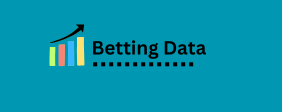Open Science and research reproducibility rely on ongoing Internet Open Science Archive access to research data. With funding from the Institute of Museum and Library Services’ National Leadership Grants for Libraries program, the Internet Archive (IA) and Center for Open Science (COS) will work together to ensure that open data related to the scientific research process is archived for perpetual access, redistribution, and reuse.
The project aims to leverage Open Science
The intersection between open research data, the long-term buy sales lead stewardship activities of libraries, and distributed data sharing and preservation networks.
By focusing on these three areas of work, the project will test and implement infrastructure for improved data sharing in further support of open science and data curation. Building out interoperability between open data platforms like the Open Science Framework (OSF) of COS, large scale digital archives like IA, and collaborative preservation networks has the potential to enable more seamless world commerce replace stat that commerce distribution of open research data and enable new forms of custody and use. See also the press release from COS announcing this project.
OSF supports the research lifecycle by enabling researchers to produce and manage registrations and data artifacts for further curation to foster adoption and discovery.
The Internet Archive works with
Institutions to collect, archive, and provide access putting business up the to born-digital and web-published resources and data. Preservation at IA of open data on OSF will enable further availability of this data to other preservation networks and curatorial partners for distributed long term stewardship and local custody by research institutions using both COS and IA services.
The project will also partner with a number of preservation networks and repositories to mirror portions of this data and test additional interoperability among additional stewardship organizations and digital preservation systems.
